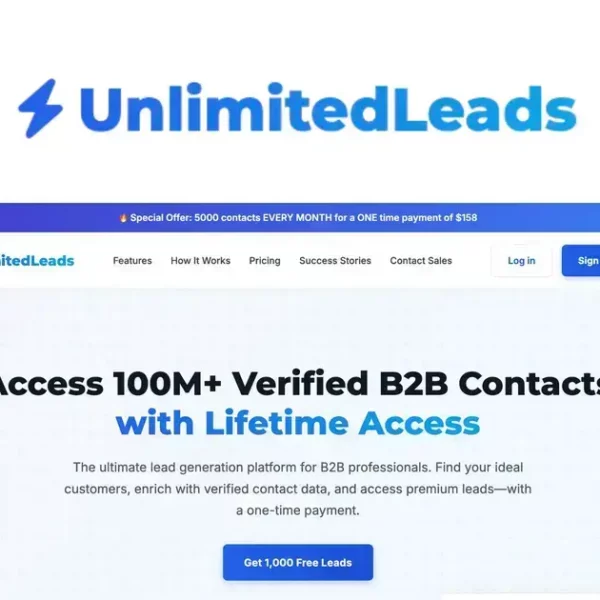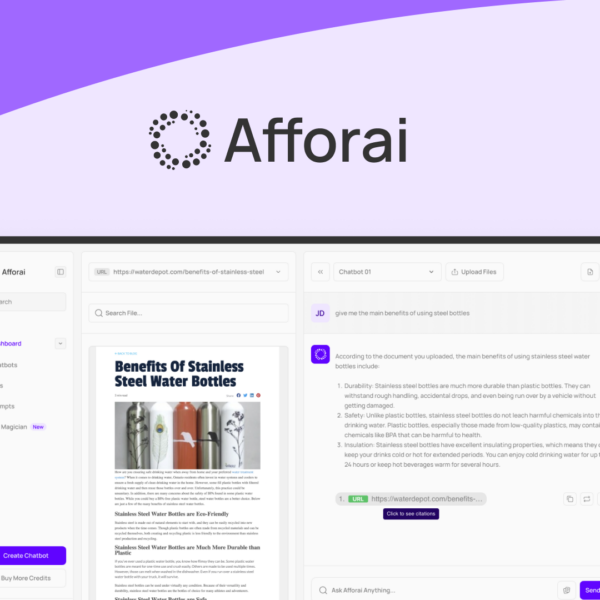SaaS products can revolutionize your business strategy. But how do you pinpoint the right lifetime deals? Let’s dive into key insights that will guide your choices.
1. Research the Developer’s Reputation
When considering a SaaS product, researching the developer’s reputation is crucial. You want to know if the company is reliable and trusted. Check reviews online. Look for user experiences to find out how satisfied they are with the service.
Is the developer active in the SaaS community? A strong presence at conferences or online forums shows they are engaged. This often means they care about their product and users.
Finding Reliable Sources
Websites like Trustpilot or G2 are great for reading honest reviews. Look at the overall ratings and read both positive and negative feedback. This gives you a balanced view.
Check for Transparency
Reputable developers are transparent about their features and pricing. They should also have clear contact information. If it’s hard to find, that could be a red flag.
Look for User Support
See how the developer handles customer support. Quick and helpful responses are a good sign. Also, check their social media. Are they responsive to questions and concerns?
Review Their Track Record
Look for a history of consistent updates and improvements. If a developer regularly enhances their software, it shows they are committed to providing value.
2. Assess Recent Feature Updates

Assessing recent feature updates is important when choosing a SaaS product. These updates help keep the software relevant. If a product isn’t improving, it might not meet your needs.
Check the developer’s website or blog. They usually announce updates there. Look for lists of new features and enhancements. This shows they invest in their product.
Why Recent Updates Matter
Recent updates can fix bugs or add new functions. These improvements often reflect what users want. If a company listens to feedback, it’s a good sign.
How to Evaluate Features
Take time to understand what recent updates do. Are they useful for you? Look for features that streamline tasks or improve user experience. These can save time and reduce frustration.
Read User Feedback
User reviews can also highlight how well updates work. Check forums or review sites for comments about new features. This feedback offers valuable insight.
Stay Updated
Join newsletters or follow social media accounts of the developers. This way, you’ll hear about updates as soon as they come out. Staying informed helps you make better decisions.
3. Review the Product Roadmap
Reviewing the product roadmap is a key step when selecting a SaaS solution. This roadmap shows the planned features and goals for the software. Knowing where a product is headed can help you decide if it fits your needs.
A clear roadmap indicates that the company has direction and goals. It means they plan to improve their product over time. Look for timelines and updates on new features.
What to Look For
Check if the roadmap includes specific features you find important. Are they working on tools that will benefit your business? Understanding upcoming features can prevent you from choosing a product that won’t evolve.
Company Transparency
Transparency about the roadmap is essential. Developers who share their plans openly show they value their users’ input. They want to know what features will enhance the user experience.
Feedback Channels
See if the company allows user feedback on their roadmap. This can be through forums or surveys. A responsive company will prioritize features based on user needs.
Regular Updates
Lastly, check how often they update their roadmap. Frequent updates mean a commitment to improvement. If it’s been a while since they posted an update, it could be a warning sign.
4. Test Customer Support

Testing customer support is vital when choosing a SaaS product. You want to know how companies help their users. Good support can save you time and frustration.
Start by checking available support channels. Do they offer live chat, email, or phone support? Having multiple contact options is a plus. Test these methods to see how quickly they respond.
Response Time
Send a question or request to their support team. Take note of how long it takes for them to reply. Prompt responses show they value customer satisfaction.
Quality of Help
When you get a response, evaluate the quality of help. Is it clear and helpful? Did they answer your question fully? Quality support means they really understand what you need.
Availability
Check the support hours. Is it 24/7, or are they only available during certain times? You’re more likely to need help outside normal hours, so 24/7 support is ideal.
User Reviews
Read reviews about their customer support. Look for comments on response times and effectiveness. Real user feedback provides insight into how a company handles support issues.
5. Evaluate Product Relevance
Evaluating product relevance is key in selecting the right SaaS tool. You need to ensure the software meets your specific needs. If it doesn’t solve your problems, it’s not worth the investment.
Start by listing your core business needs. What tasks do you want the SaaS product to help with? Make sure the features align with these needs.
Consider Industry Fit
Some software caters to particular industries. Are you in tech, healthcare, or education? Look for products designed for your industry to ensure they understand your challenges.
Check User Experience
User experience matters a lot. A complicated interface can lead to frustration. Try demos to see how intuitive the software is. A user-friendly product can save you time and increase productivity.
Feature Comparison
Compare the features of potential products. Create a list of must-haves versus nice-to-haves. This helps narrow down your choices to products that truly fit your needs.
Ask Your Team
Involve your team in the evaluation process. They will use the product daily. Their feedback on which features are important can be very influential.




